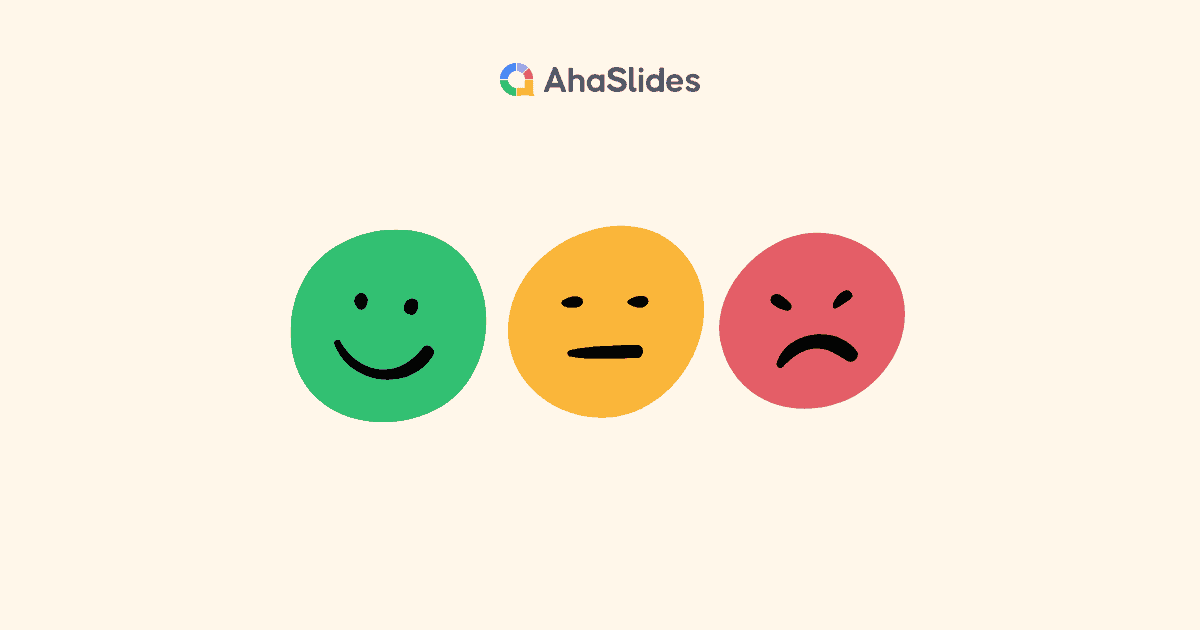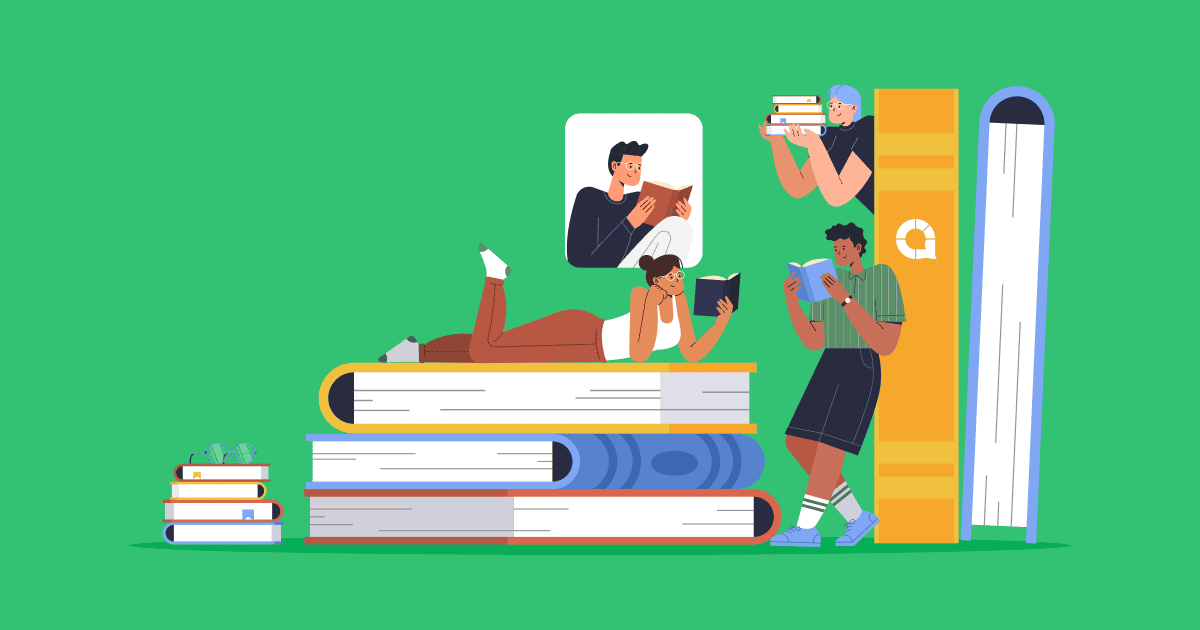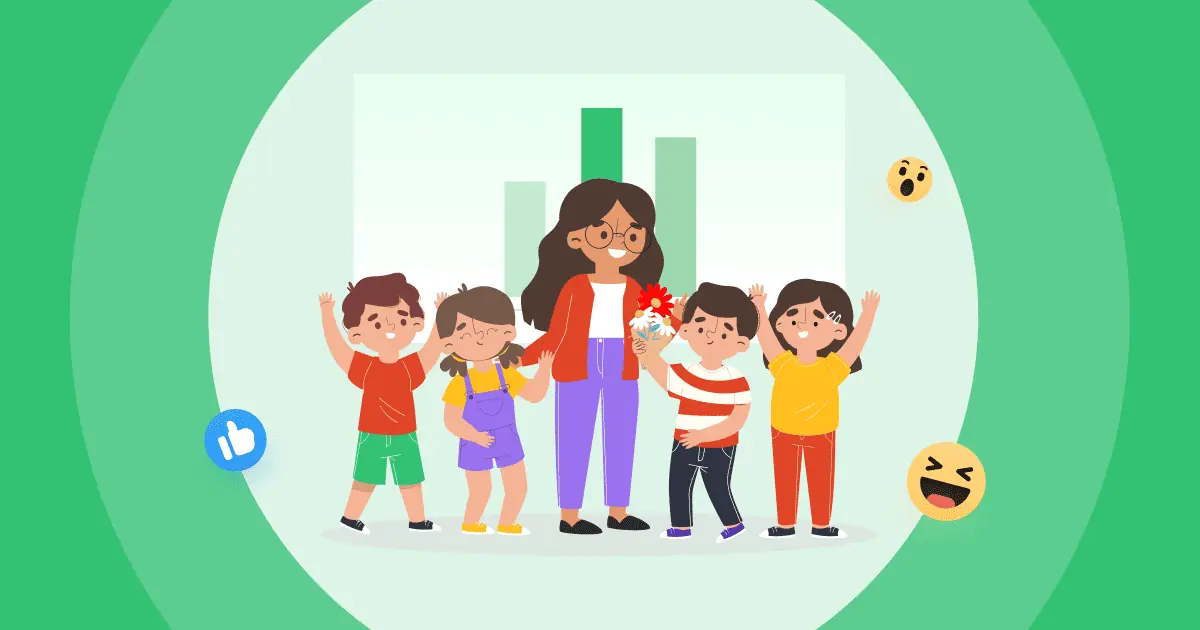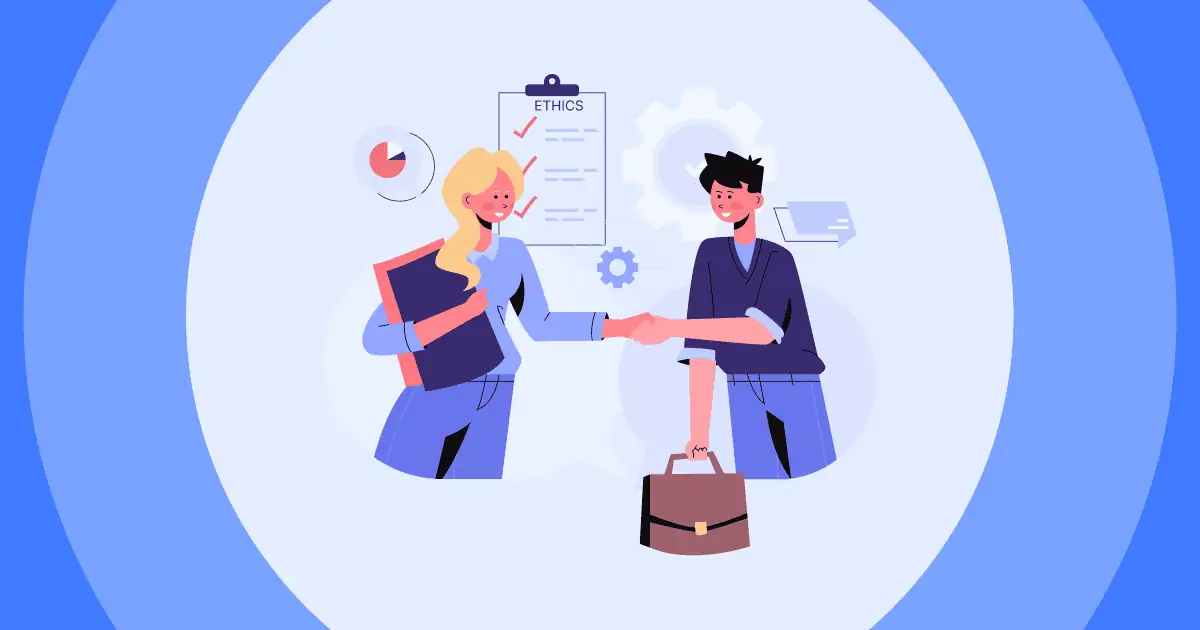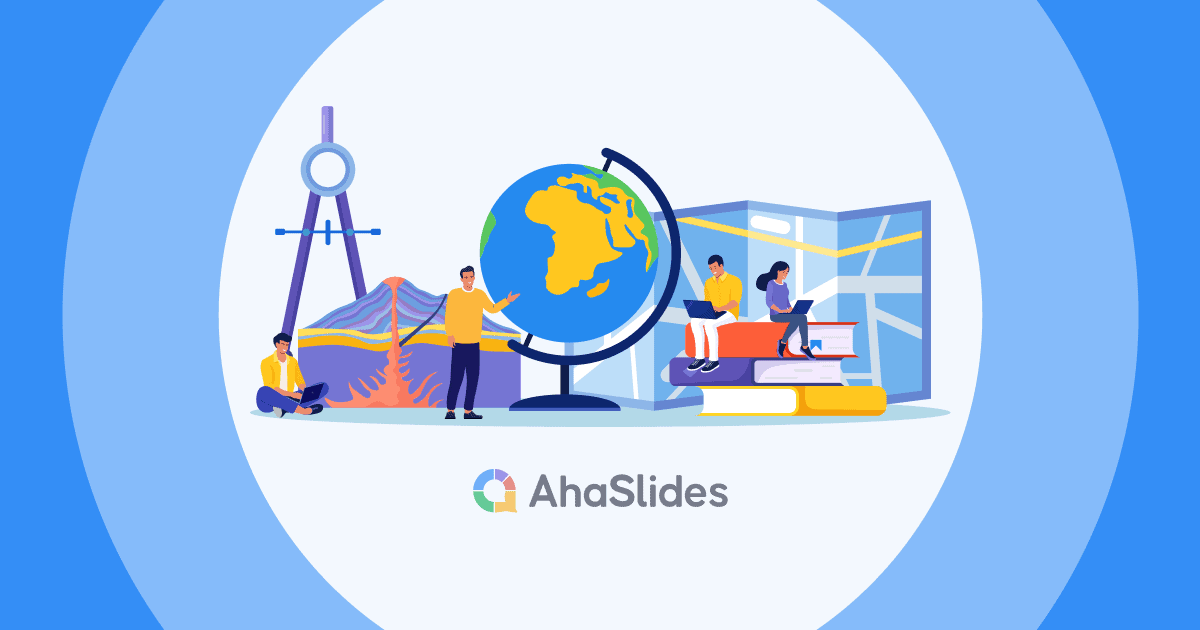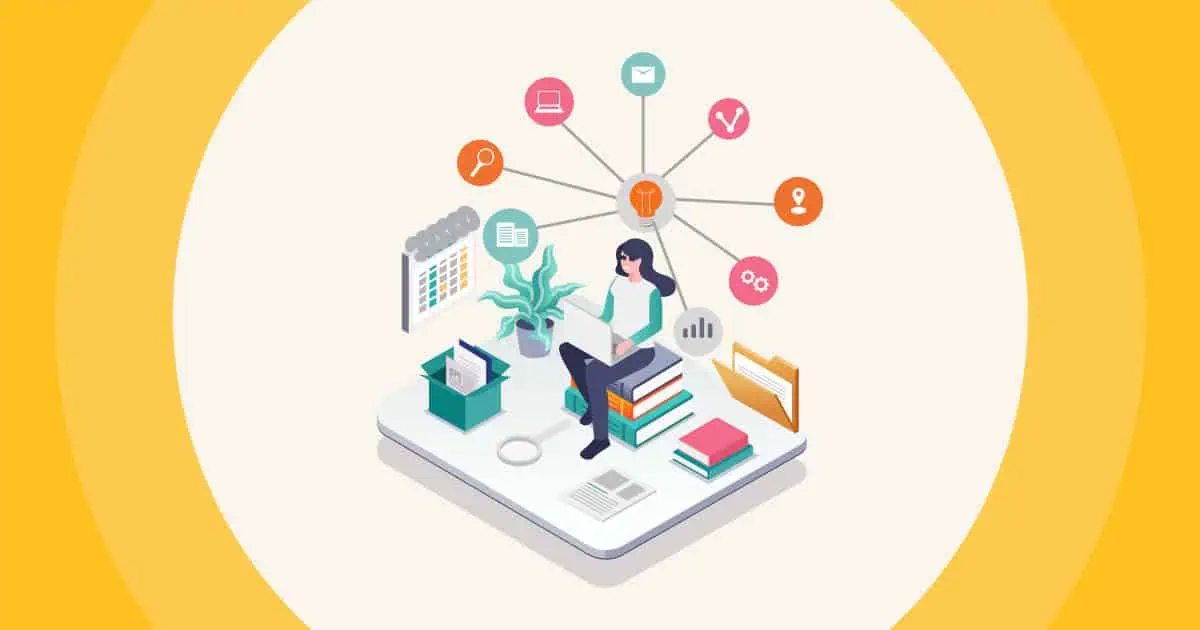Are you a visual learner?
You might see many people learn much better than others and wonder why you haven't improved yet. It is possible that your learning style might not work well for you. There are numerous styles of learning, and each of them has both advantages and disadvantages, including visual, auditory, tactile, and kinesthetic.
It is said that 90% of information transmitted to the brain is visual, which means that learning with visuals seems more effective. We are all visual learners in nature. And many of us might not realise that this learning strategy has been extremely helpful and benefits us.
Thus, in this article, we talk more about visual learning, particularly visual learners, and how they utilize visual learning for their successful academic journey or to learn anything they love quickly and efficiently.

Table of Contents
What Does Visual Learner Mean?
A visual learner is someone who learns and retains information more effectively when it is presented to them in a visual format. Visual learners rely on visual cues, such as images, diagrams, charts, graphs, and videos, to absorb information. They have a preference for seeing information rather than hearing it or experiencing it through other senses. And, it is not so surprising that most visual learners have good handwriting.
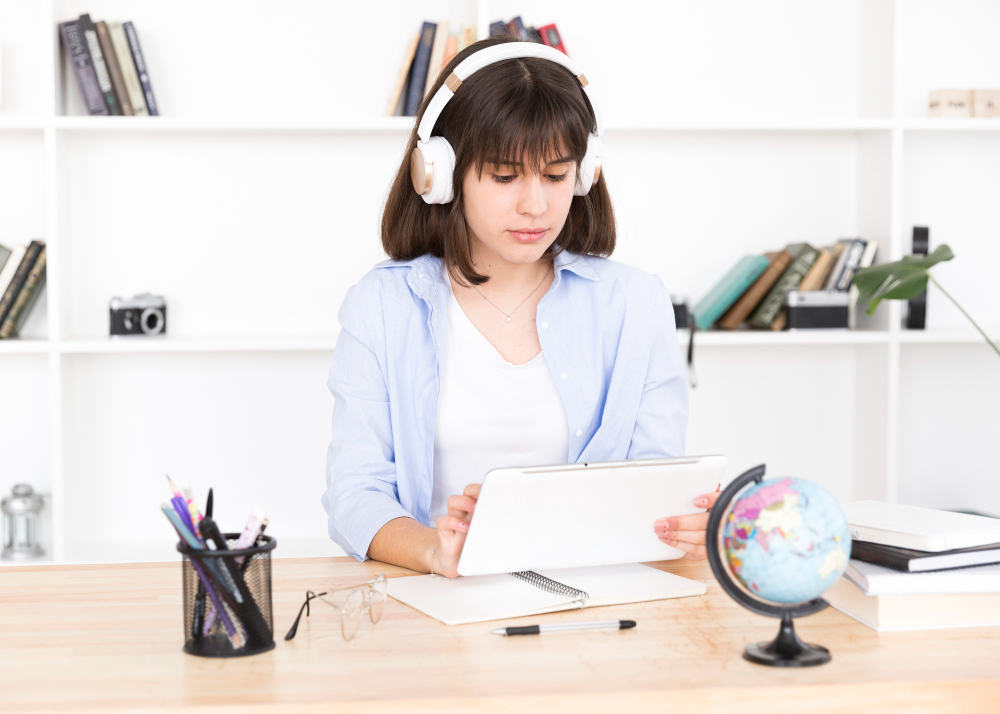
What Do Visual Learners Do To Study?
Here are some excellent examples describing what visual learners usually do to study better. They are among the best study methods that you can also make use of.
- Find it helpful to watch videos or animations that demonstrate a concept or process.
- Read books or materials that incorporate images, graphs, or charts alongside the text, which helps them visualize the information more productively.
- Prefer to create flashcards with visual cues, such as images or diagrams, to associate with key information or terms.
- Engage in drawing or sketching to help them understand complex concepts.
- Find it helpful to watch videos or animations that demonstrate a concept or process.
- Create diagrams, flowcharts, or mind maps to visually represent the relationships between ideas.
- Use color coding or highlighting techniques to emphasize key points, organize information, and remember important details.
- Engage in drawing or sketching to help them understand complex concepts.
- Try to seek out infographics or visual summaries related to the topics they are studying.

What Are The Characteristics Of A Visual Learner?
Here are some strengths of visual learners that distinguish them from other learning styles.
Strong visual memory
Visual learners have a tendency to remember things they have seen rather than heard. Especially since they have a strong color sensitivity. They can distinguish and appreciate various hues, shades, and color combinations. Color can play a significant role in their learning and understanding process.
Visual thinking
Visual learners are best at thinking in pictures or images. They can mentally "see" and manipulate these images to better understand and explore various aspects of a topic.
Moreover, they often rely on visual metaphors or analogies to explain and comprehend ideas. They use visual comparisons to relate new information to familiar concepts, making it easier for them to grasp and remember.
Spatial awareness
Visual learners often have a good sense of spatial relationships. They can visualize objects in space, understand how things fit together, and may have a knack for directions and maps.
Some gifted visual-spatial learners also possess a rich imagination and the ability to generate innovative ideas. They can think in visual metaphors, visualizing abstract concepts and creating unique connections between seemingly unrelated ideas.
Attention to detail
Visual learners tend to pay attention to visual details and notice patterns, shapes, and colors. They may excel at activities that require visual discrimination or observation skills.
In particular, they have a tendency to focus on intricate details within visual information. They may notice subtleties that others might overlook, enabling them to gain a deeper understanding of the subject matter.
Difficulty with purely auditory instruction
Visual learners may find it challenging to learn through lectures or purely auditory instruction. They tend to retain information better when it is presented visually or supplemented with visual aids.

Why Is Visual Learning Better?
Why visual learning is important? Visual learner benefits? Visual learning can be more effective for some individuals because it engages multiple senses and can help information be processed more efficiently.
By employing visual aids such as images, diagrams, and videos, learners can gain a clearer comprehension of abstract concepts through concrete representations. The use of visual stimuli can foster improved retention and recall of information, as it leaves a stronger imprint in memory.
In addition, visual learning tends to be more engaging and enjoyable for many learners, thereby boosting motivation and fostering a heightened interest in the subject matter.
What Are Examples Of Visual Learners?
You might be astonished that visual learning has emerged throughout the long history. Many notable people have been strong examples of visual learners. Let's check out who they are!
Leonardo da Vinci
Leonardo da Vinci (1452-1519), the renowned Italian polymath of the Renaissance era, was known as a gifted visual-spatial learner. His detailed anatomical drawings, scientific diagrams, and sketches of inventions showcase his ability to observe and represent the world visually.
Albert Einstein
While primarily known for his groundbreaking contributions to physics, Albert Einstein (1879-1955) was also a visual thinker. He often relied on visual thought experiments and mental imagery to develop and understand his complex theories.
Jamie Oliver
One of the best examples of a visual learner is Jamie Oliver. Celebrity chef Jamie Oliver (born 1975) is recognized for his engaging and visually appealing cooking shows and cookbooks. He effectively uses visual aids, such as step-by-step images and colorful food presentations, to teach cooking techniques and inspire others to get creative in the kitchen.
Tips for Teachers to Improve Visual Classroom Learning
Here is definitely a section that you should read right away if you want to enhance a memorable, engaging, and productive class. We provide some techniques and tools that might help teachers transform traditional classrooms in an innovative way.
Mind mapping software
Don't forget to give students time to practice mind mapping. There is a common way to learn with tablets; incorporating digital mind-mapping tools like MindMeister, XMind, or Coggle can be a good option.
They allow visual learners to create dynamic and interactive visual representations of their ideas and concepts. These tools also enable them to organize and connect information visually, making it easier to grasp complex relationships.
Flashcard
It is important for teachers to teach students by making handmade flashcards or via digital flashcard platforms like Anki, Quizlet, or StudyBlue. Visual learners can experience new learning methods by creating and studying flashcards using images, diagrams, or graphs by themselves.
Online image and video resources
Teachers can encourage students to take advantage of online platforms like YouTube, Khan Academy, or TED Talks to access a wealth of educational videos and visual content. These platforms offer explanations, demonstrations, and visuals that cater to visual learning preferences.
Visual study guides and textbooks
For effective and captivating teaching, teachers may prefer using guides or textbooks that incorporate visual elements such as images, diagrams, charts, or illustrations in their class. These visual aids help students to reinforce understanding and make studying more engaging.
Interactive presentation tools
The most important thing in teaching and conveying information into useful knowledge is utilizing visual and interactive presentation, which leads to a great learning focus and engagement. Interactive presentation tools like AhaSlides can be highly beneficial for visual learners during their study process. These tools provide a dynamic and engaging way to present and interact with visual content.
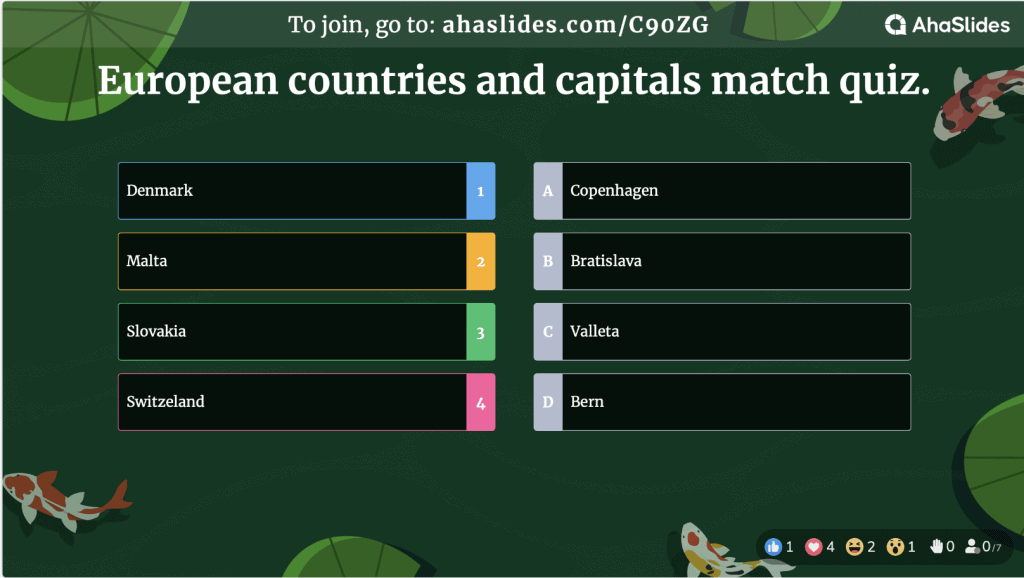
Frequently Asked Questions
How do you identify a visual learner?
Visual learners are into observing, reading, and good handwriting. They also prefer memorizing by seeing graphics or pictures and using graphs and charts to analyze data.
What are 3 strategies for visual learners?
The popular strategy that visual learners always use is writing down notes and key points, then making them become visual appeals by highlighting them with colors and illustrations.
How do visual learners teach?
Broadly speaking, how visual learners learn is the same as how they teach, which means they use more videos, illustrated books, graphs, and whiteboards in their classes.
Do visual learners have a high IQ?
It is hard to say visual learners have high IQ, but they often have extremely high IQ scores on the visual-spatial parts.

